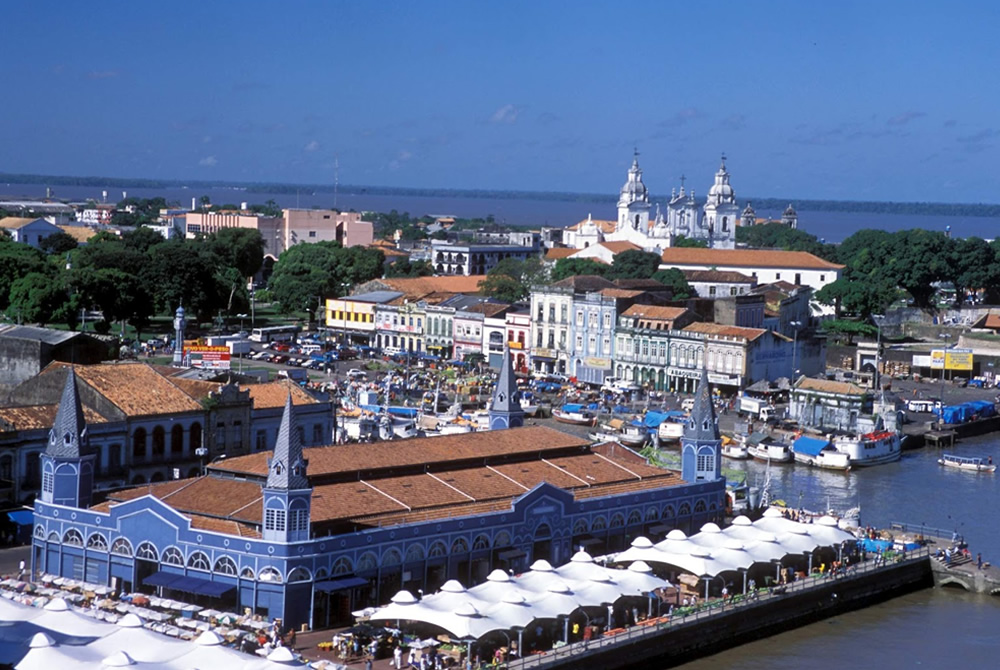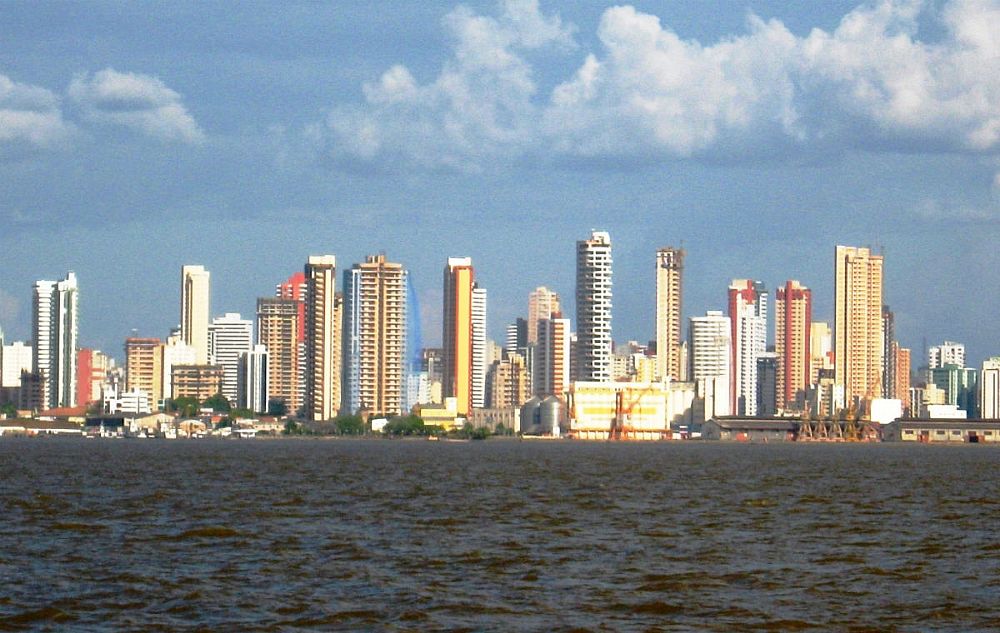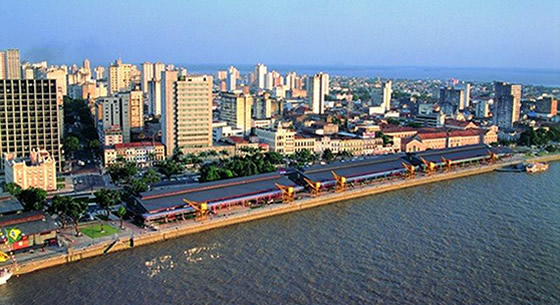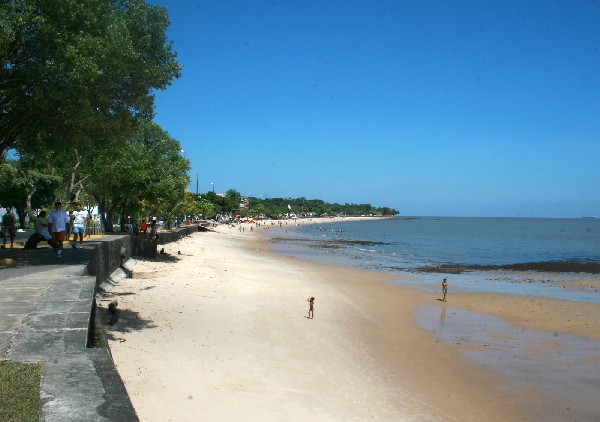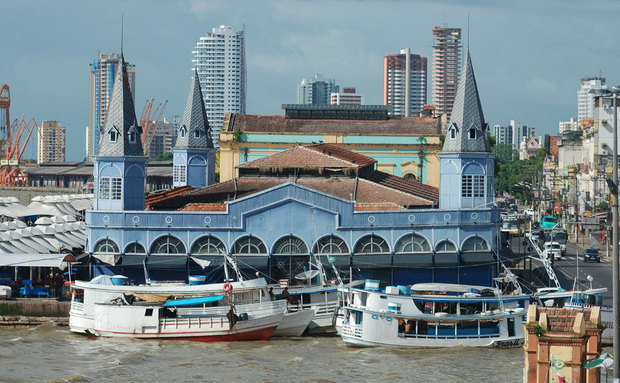Belém do Pará
Belém is the capital city of the state of Para. It has an area of 1,064. km² and is 2,140 km away from the capital city of Brazil which is Brasília.
It has a population of 1,532,844 people. Found in January 12, 1616, it celebrated its 400 years in 2016.
Between 1840 and 1910, the city evolved into an economic boom, called “Belle Epoque” (in French means beautiful time). The economy based on the discovery of rubber plantation boosted the development of the city. New factories were built and the government under the administration of Antonio Lemos (1897/1910), started the transformation of the city.
This period is considered the most prosperous in the city's history. New buildings, new squares, new streets, the construction of the harbor, the sewer system, water pipes and gas, illumination, the construction of Opera House, the pavement of streets with cobblestone and sidewalks with marble, gave the city a new look. Poets, singers, workers of other states moved to this modern city. This new model was imported from a European country: France.
According to historian Maria de Nazare Sarges from the Local Federal University (UFPa), the city had 99 factories by 1862, some of them were producing soap, chocolate, Pottery, wood, wine, oil, rubber artifacts. The English liquor factory Falernum and Warnwood Bitters was established in Belém in 1906. The city was one of the first capitals in Brazil which had electric power. In 1920, the economy based on rubber plantation declined and came to an end.
Today, Belém is a cosmopolitan city and still possess some of the traditional Portuguese, French and English buildings, houses and monuments from that time of economic boom.
Parks, squares, buildings, streets from that time still being preserved and are an important part of our heritage. Visitors can have a glance of old times visiting places like Theatro da Paz, Emílio Goeldi Museum, the Fish Market "Ver-o-Peso", old fortress Feliz Lusitania, Botanic Gardens Rodrigues Alves, and new places like Mangal das Garças, and estação das Docas (Docks refurbished).
On the culture side, Belém has the largest catholic procession in the world: Cirio de Nazaré. On the second Sunday of October, the streets of the city are filled with more than a million followers of our Lady of Nazareth, a tradition carried out for more than 221 years.





